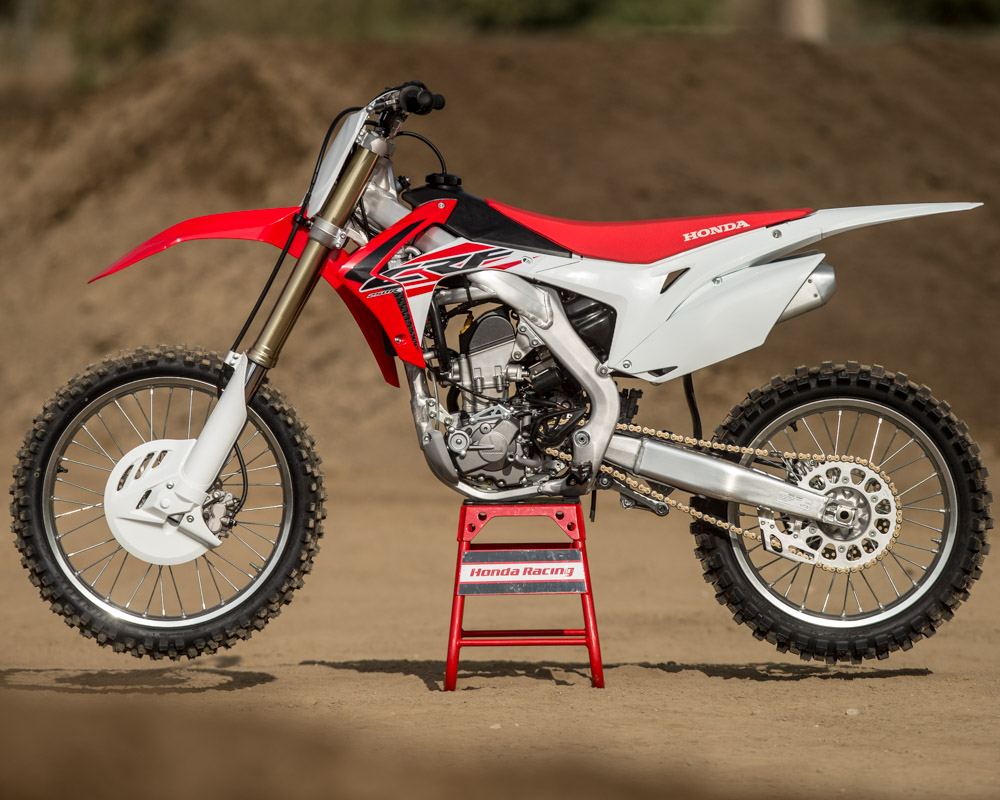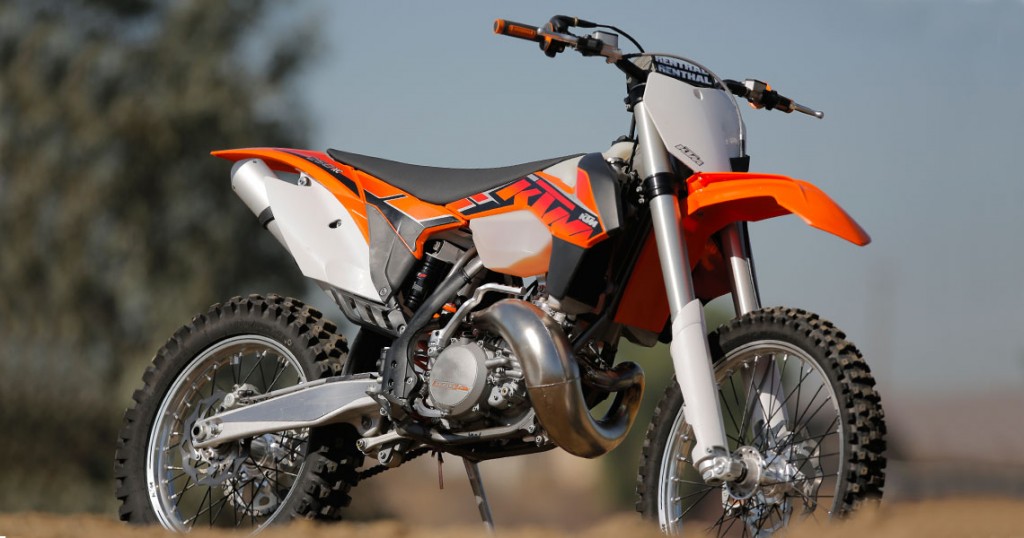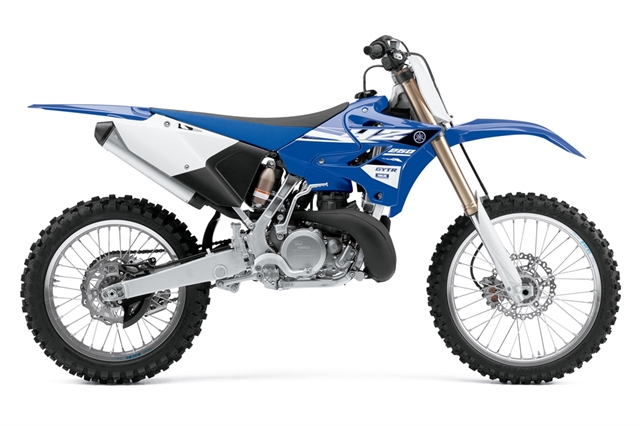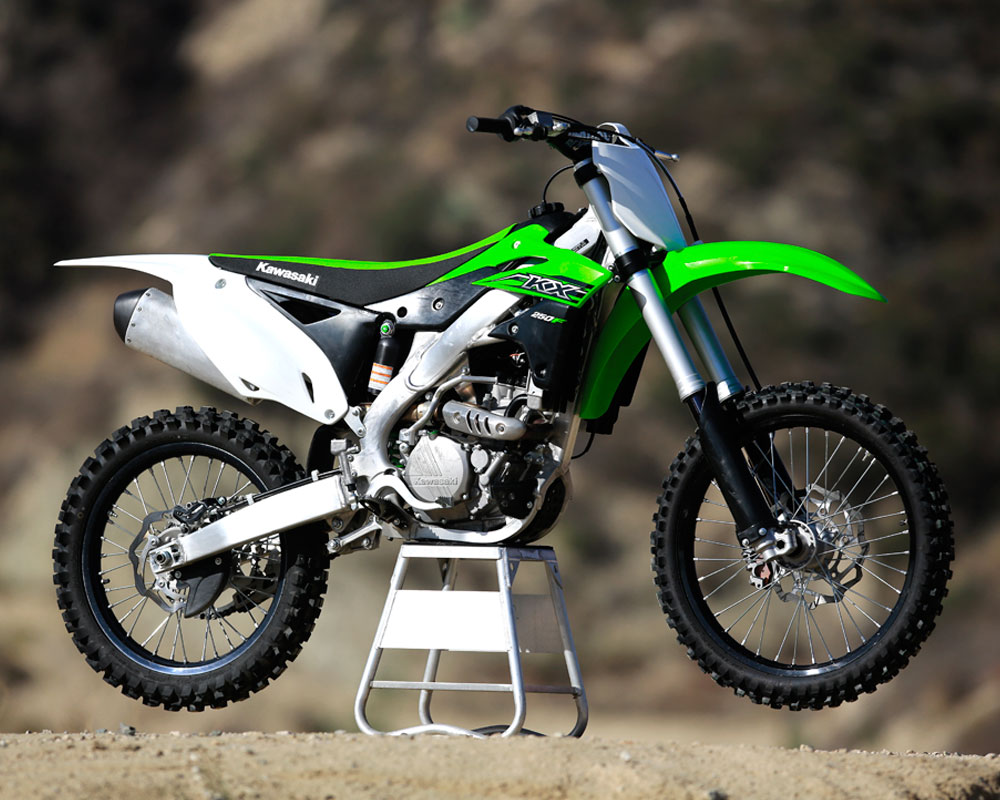Step One: Choosing The Right Bike
Dirt Bike Test is going to go through a series of articles on building and setting up a race bike. Some of this may seem simple and elementary but other steps in the series and many of the finer points are the advice and decisions professionals use to further careers and excel at racing. Lots of this advice comes from years of experience and from racers, mechanics, team owners and parents who have done it right or learned lessons from doing it wrong.
Picking the right bike may seem like the most simple of choices. Just get the one you like, right? Well before you sign that check or agree to the terms of a loan (for most of us that is reality), think about some of these things first. It could make or break your racing program before your first event.
How do you know which is the right bike? Everything about the bike will play into what you are trying to accomplish. Everything from the brand you choose to the size or even type of bike it is. And what might be right for your buddy or a racing hero may not be right for you. The great thing about bikes today is there is a seat for every butt. Way more than one being better than another in a shootout or a comparison, likely there is one that is right for you. And it can be a lot more than what a group of pampered magazine test riders decree after having a photo shoot done of them “testing”.
Start with the basics. First is looking at what you want to accomplish. If having fun is more important than qualifying for Loretta’s or winning the district number one plate, things like this play into the overall choice. Are you going to need more than one bike and if so do you also have a parts supply to consider? Are parts easy to get? Will sponsors work with you on this brand? Will you rotate bikes and do your old ones have resale value? Will your dealer work with you on this? Are you going to have to go longer than a year on the same bike? Will it last or is it really less expensive to flip bikes on a more regular basis?
Brand decisions go deeper than the color you like. Consider things like dealer and trackside support, contingency programs and durability of the bike you are thinking about. Is there a way to maximize being on a less popular brand to get noticed or is it better for you to run with the crowd to know where you stand? These are all questions you need to ask before you buy a bike and not after you can’t figure out what is wrong with your racing program. In sum, is there a brand decision that trumps performance? Or is there a bike or bikes not fitting you so you can slim down your choices?
Next comes finding out what bike suits your style, or the class you’ll be forced into riding if that is the case. There is nothing better than actually getting a test ride on any bike. Even if it isn’t a consideration, feeling what different bikes have to offer can open your eyes to what is out there. The best is a manufacturer sponsored ride day like KTM and Yamaha offer at different times and tracks throughout the year. Getting even a couple laps or miles on stock bikes can give you a taste of what is offered and display the differences between displacements and bike types. Riding someone else’s bike can also be good, just be aware of the modifications and maintenance they do to their bike so it is an accurate representation of what you’ll be starting with. And if at all possible do some laps and take some times. The stopwatch never lies and having someone else take times and keep them secret can really open your eyes. Compare your notes to lap times to see what you feel versus how fast you were.
Reading and doing research on the bikes will also help but like anything you read (even here) you’ll want to make sure you can trust the information you are consuming. The sales guy at the dealership could also be BabbelingMotoGuyExpert on the forms and your magazine test writer may not be the guy in the pictures. Be smart. If someone complains about something with a bike or brand ask them what they did to fix it? Was it really an issue? Or are they just retelling a story they heard from some guy who read it on the internet? (Which was likely a story that another person heard then wrote it on the internet.) And to be as truthful as possible, there are not many bad bikes out there, just the wrong bike for you. It is way easier to pick the wrong bike just because someone told you it was the best bike. You don’t buy vanilla when you want chocolate.
When it comes down to contingency programs, take a real look at them. Make a budget of where you’ll race and see the money you could make if you perform as expected. Is that contingency, all said, a benefit or able to make up for a difference in performance or durability? Is there a difference between programs based on the events you will compete in? Trackside support can be even more crucial. Not being able to race because of an easily fixed mechanical can ruin a whole season of work.
Getting the right bike is the solid foundation you’ll need to keep your racing going in the right direction. It is very easy to overlook and make a foolish mistake here. But having the best tool for the job is paramount. Just because you want to race a factory Honda when you’re a pro does not mean you can’t race a KTM today and be just as successful.


